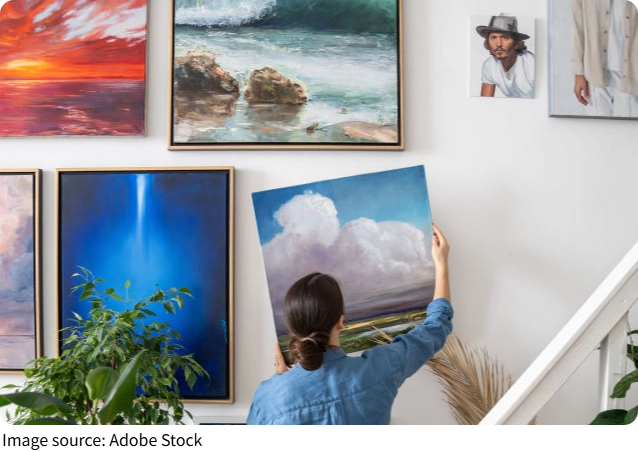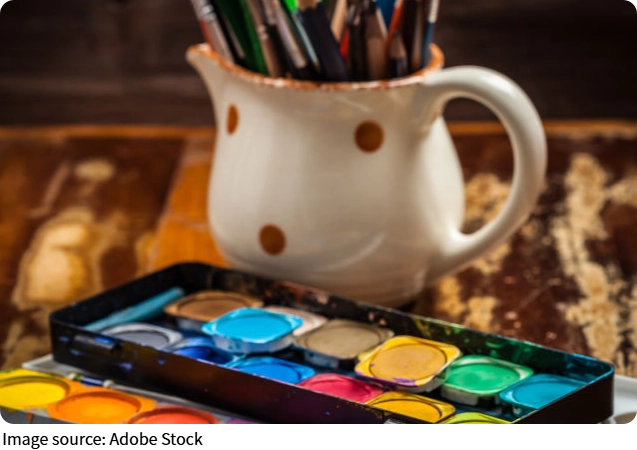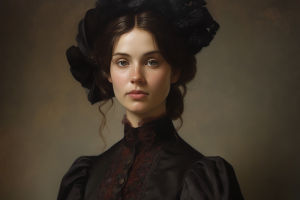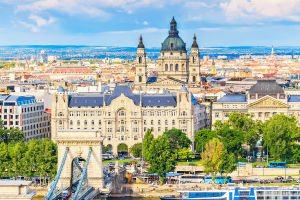Rethinking Modern Beauty

Have you ever found yourself puzzled or even unsettled by a piece of modern art? Why does something that doesn't look traditionally beautiful still hold so much power and meaning?
Modern art has radically shifted how we perceive beauty, inviting us to question old standards and embrace new perspectives.
This article dives into how modern art challenges our understanding of beauty and why that challenge is essential for growth in both art and society.
The Traditional Notion of Beauty
For centuries, beauty in art was often linked to harmony, balance, and realistic representation. Classical artworks celebrated idealized human forms, symmetry, and pleasing proportions. These standards were deeply rooted in culture and often reflected societal ideals of perfection. But such notions, while inspiring, can also be limiting.
They set rigid rules about what is "beautiful" and exclude diverse expressions that fall outside those conventions.
Breaking Away From Convention
Modern art emerged as a reaction to traditional constraints, deliberately breaking rules and exploring new ways to express human experience. Movements like Cubism, Surrealism, and Abstract Expressionism rejected realistic representation and embraced distortion, fragmentation, and emotional intensity.
This shift forced viewers to confront art on different terms—sometimes confusing, sometimes provocative, but always pushing the boundaries of what beauty could mean.
Beauty in Imperfection and Experimentation
One striking feature of modern art is its celebration of imperfection. Artists like Jean Dubuffet and movements emphasizing imperfection highlight raw textures, asymmetry, and irregular forms, suggesting beauty can be found in the unfinished or imperfect.
Experimentation with materials and techniques adds another layer, making art not just about appearance but about process, emotion, and concept. This challenges viewers to look beyond surface aesthetics and appreciate deeper qualities.
Emotional and Intellectual Engagement
Modern art often aims to engage emotions and intellect rather than simply please the eye. It invites interpretation, dialogue, and reflection. When beauty is not defined by prettiness but by the power to provoke thought or stir feeling, the experience of art becomes more dynamic.
This shift expands our understanding of beauty to include complexity, ambiguity, and even discomfort as part of meaningful expression.
Diversity and Inclusivity in Beauty Standards
Another important aspect is how modern art embraces diversity. It reflects different cultures, identities, and perspectives that were historically marginalized. By challenging Eurocentric and traditional ideals, modern artists broaden what society recognizes as beautiful.
This inclusivity enriches art and encourages acceptance of varied human experiences, promoting a more open and equitable view of beauty.
The Role of Technology and Media
Modern technology and media have also influenced how beauty is portrayed and perceived in art. Digital art, video installations, and interactive pieces create new sensory experiences that challenge static and traditional forms.
These innovations invite viewers to participate and see beauty as fluid and multifaceted, expanding our sensory and conceptual engagement beyond physical forms.
Controversy and Debate: A Sign of Impact
The challenges modern art poses to beauty often spark controversy and debate. Some may reject it for not fitting classical ideals, while others celebrate its freedom and innovation. This ongoing dialogue is a sign of art's vitality—it reflects society's evolving values and helps shape cultural understanding.
By questioning norms, modern art encourages us to rethink not only aesthetics but also the deeper meanings behind our definitions of beauty.
How Can We Embrace This New Beauty?
If you find modern art puzzling or challenging, try to approach it with curiosity rather than judgment. Ask yourself what emotions it evokes or what ideas it raises. Remember that beauty does not have to be comfortable or obvious; it can be surprising and complex.
By expanding our perception, we enrich our experience not only of art but of the world around us.
Dr. Michael Reynolds, art historian at the University of Cambridge, stated, "Modern art challenges traditional beauty by embracing experimentation, imperfection, and diverse cultural perspectives, inviting viewers to engage intellectually and emotionally."

Conclusion: The Endless Journey of Beauty
In conclusion, modern art challenges us to move beyond traditional ideas of beauty, encouraging openness to imperfection, diversity, and deeper meaning. This transformation invites us all to rethink what beauty truly means and how it shapes our understanding of humanity and creativity.
So next time you encounter a piece of modern art that puzzles you, take a moment to explore what new forms of beauty it might reveal. How has your perception of beauty changed through your experience with art? Share your thoughts and keep the conversation alive.
-
 The Power of a PortraitThis Is What Truly Makes a Portrait Stand the Test of Time!
The Power of a PortraitThis Is What Truly Makes a Portrait Stand the Test of Time! -
 Brew Battle: Hot vs ColdUnlock the Secrets Behind Cold Brew and Pour-Over: Which One Should You Choose?
Brew Battle: Hot vs ColdUnlock the Secrets Behind Cold Brew and Pour-Over: Which One Should You Choose? -
 Winter Dreams in BudapestStroll through frozen courtyards, chase chimney cakes at cozy markets, and warm up in thermal bliss—this is winter done right.
Winter Dreams in BudapestStroll through frozen courtyards, chase chimney cakes at cozy markets, and warm up in thermal bliss—this is winter done right.